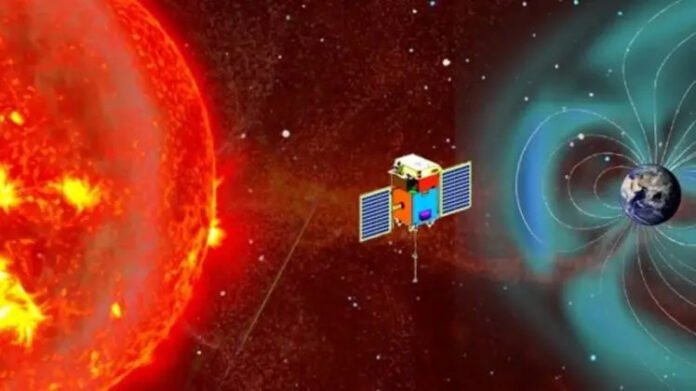ISRO’s Aditya-L1 spacecraft all set to be injected into final orbit
Aditya-L1, India’s pioneering space-based solar observatory, is set to make a significant move in its mission. Launched aboard the Polar Satellite Launch Vehicle (PSLV-C57) from Sriharikota’s Satish Dhawan Space Centre on September 2, the spacecraft is now preparing for its final manoeuvre. The spacecraft’s ultimate destination is the Sun-Earth Lagrange Point 1 (L1), located about 1.5 million km from Earth.
Why L1?
Positioning the spacecraft in a halo orbit around L1 offers a unique advantage. At L1, Aditya-L1 can continuously observe the Sun without any eclipses, providing real-time insights into solar activities and their impact on space weather.
Crucial Manoeuvre
The upcoming manoeuvre, scheduled for around 4 pm, will bind Aditya-L1 to a halo orbit around L1. This step is crucial to ensure the spacecraft doesn’t continue its trajectory towards the Sun.
Science Objectives
Aditya-L1 is equipped with seven payloads designed for comprehensive solar observation. Its major science objectives include studying the dynamics of the solar upper atmosphere, observing chromospheric and coronal heating, and investigating the physics of coronal mass ejections and solar flares.
ISRO’s Aditya-L1 spacecraft Key Focus Areas
- Solar upper atmospheric dynamics.
- Chromospheric and coronal heating.
- Partially ionized plasma physics.
- Coronary mass ejections (CMEs) dynamics.
- Solar corona and its heating mechanism.
- Coronal and coronal loops plasma diagnostics.
- Identification of processes leading to solar eruptive events.
- Magnetic field topology and measurements in the solar corona.
- Space weather drivers – origin, composition, and dynamics of solar wind.
Aditya-L1’s mission is a significant stride in understanding the Sun’s behavior and its influence on space weather.
Recommended Articles:
Complete List of States and Capitals of India – 28 States and 8 Union Territories
